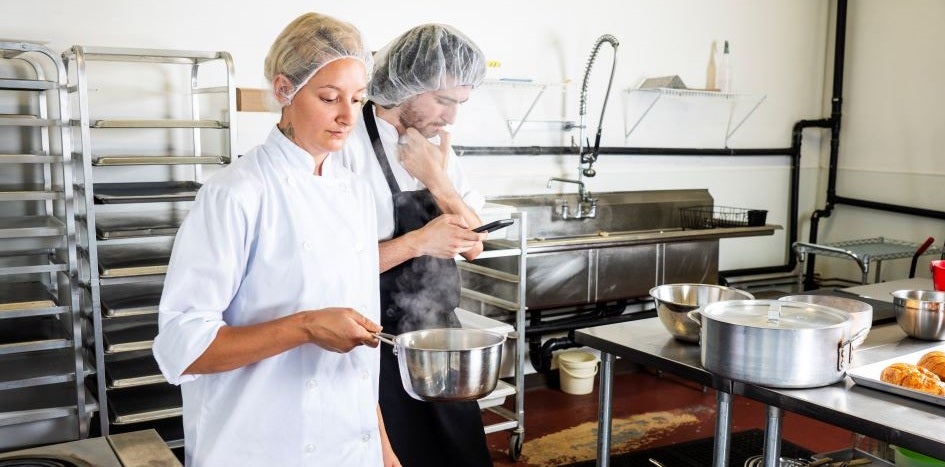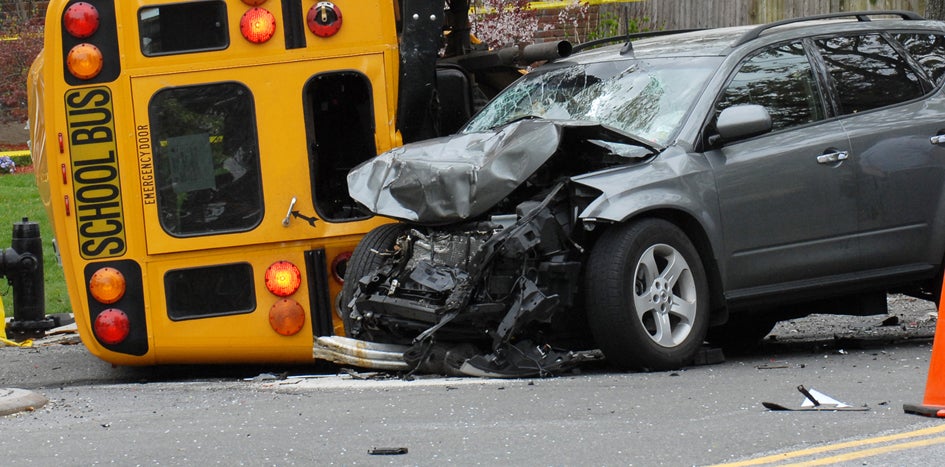Polling Place Risk Management Tips for Schools
If your schools are serving as polling places between now and November 5, thank you for opening your doors to voters. Follow this guidance to manage the unique risks that come with election season and promote a positive experience for your staff, students, and community.
Assess Risk
Conduct a thorough risk assessment of your facilities and surrounding areas to identify potential vulnerabilities. The state-mandated safety and security audit you completed last summer is a good resource for identifying your risks.
Plan for Emergencies
Develop and rehearse emergency procedures in case an incident occurs during elections. Prepare to implement lockdowns, evacuations, and other emergency protocols, and train your staff to follow procedures quickly and confidently.
Coordinate with Election Authorities
Work closely with local election officials to understand what resources they may need and what security protocols will be in place.
Separate School and Polling Activities
Where possible, limit interaction between the school community and voters by designating separate parking places, entrances, and exits for voters. Restrict voters to designated polling areas and ensure they do not have access to other parts of the school building. Consider adjusting school schedules on election days or transitioning to remote learning if security concerns arise.
Provide Signage
Ensure clear signage directing voters to polling areas and reminding everyone about expected behavior. Signage should also indicate restricted areas to avoid confusion.
Establish Visible Security Presence
Consider employing uniformed security personnel or working with local police to ensure law enforcement is stationed at polling locations, particularly in high-traffic areas.
Communicate Openly
Keep your community informed about security measures and adjustments to school operations. Open and frequent communication with parents, staff, and the public will help alleviate concerns and reduce confusion on election day.
Additional Resources
By implementing these best practices, school district leaders can help maintain a safe and secure environment for students and the community during elections. Preparedness, communication, and collaboration with law enforcement and election officials are key to navigating potential political unrest effectively.
For more information and guidance, references these resources:
- TASB Legal Services: Schools as Polling Places (login required)
- Texas School Safety Center (TXSSC): Polling Place Safety Checklist
- TXSSC: Polling Place Appendix Template
- Cybersecurity and Infrastructure Security Agency: Physical Security Preparedness at Voting Locations and Election Facilities
You May Also Like…
View All Related Insights
Tax Season Tips for Avoiding Cyber Scams
During tax season, cybercriminals are looking to claim their own returns. Stay up to date on this season's scams to protect your organization and employees.

Elements of Accident Prevention Plans
An accident prevention plan can keep employees safe at work and keep them from taking days off of work. We broke down how to create one and what to include.

How To Manage and Mitigate Your Burn Risks
From bustling kitchens to science labs to maintenance and transportation shops, there are plenty of opportunities for burns to occur at your school or community college.

The Importance of a Thorough Accident Investigation
Conduct accident investigations to uncover the root causes of workplace injuries, correct them, and reduce the risk of similar injuries.
